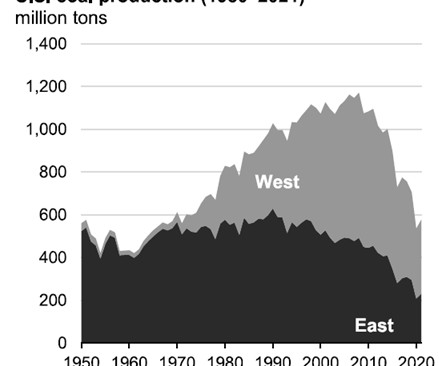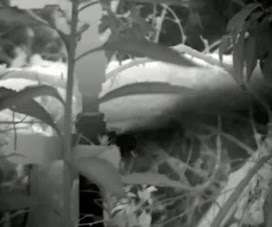Improving EPA’s Latest Ozone Transport Rule
Acoel
JUNE 29, 2022
The downwind air quality benefits are minimal. Units with existing advanced NOx controls must optimize their utilization by 2023. The proposed rule would provide de minimus air quality benefits in downwind areas with extremely high costs – estimated by EPA at $22 billion discounted 2016 dollars for the 2023-2042 period.













Let's personalize your content